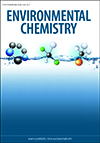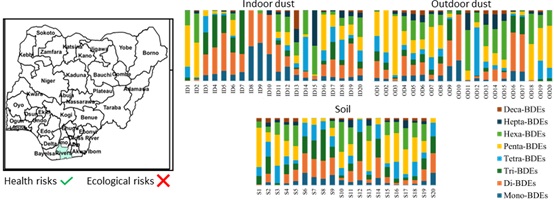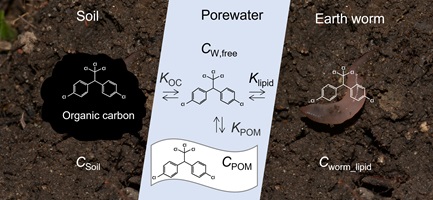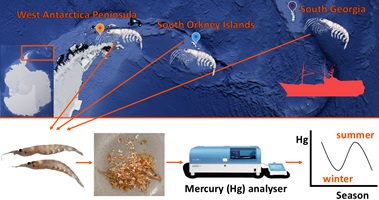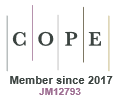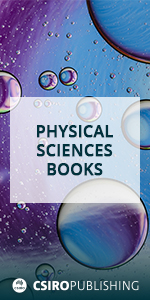EN25014Platinum speciation in the presence of natural organic matter in a simplified freshwater medium investigated using HPSEC-ICP-MS
Environmental context. Platinum is a metal of emerging concern in ecotoxicology, mainly due to its dissemination in the environment through the abrasion of car catalysts. However, its aqueous speciation in natural waters remains poorly known, and its binding to organic matter may modify its effects on organisms. Experimental measurements revealed the complex chemistry of Pt, low complexation and very slow kinetics. The use of PtII would be recommended for chronic exposure experiments. (Image credit: Océane Hourtané.)


